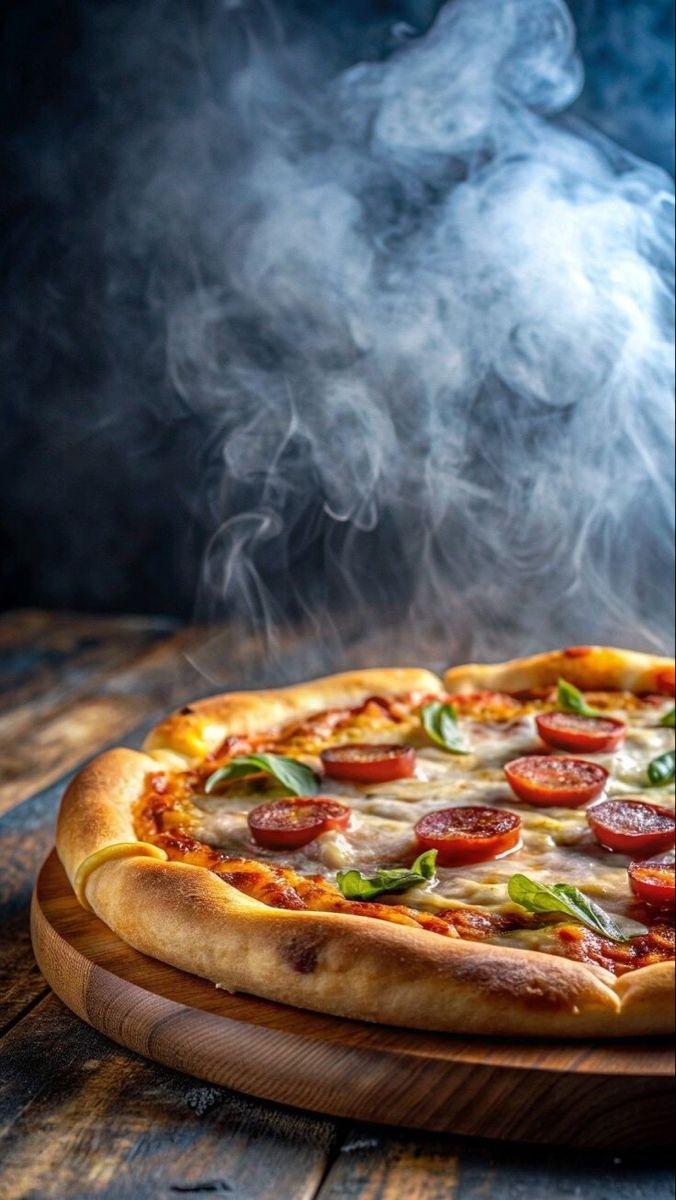Here at ShadowSizzleGreen, our philosophy upholds that sublime pizza is the product of magnificent dough. With over 30 years invested in refining our mixture, we’re delighted to divulge a few of our dough fabricating tips. Naturally, we keep our precise recipe under wraps to honor our heritage, yet we impart these guidelines to promote crafting pizzeria-grade pizza dough in your dwelling.
Significance of Flour Quality
The key to a splendid pizza dough lies in the flour's excellence. 00 flour, which is finely milled Italian flour with a moderate amount of protein (typically 12%), is our choice for yielding dough that strikes a delicate balance between strength and pliability. Should 00 flour be elusive, bread flour stands as a worthy alternative, despite resulting in a marginally altered texture.
Water Temp and Dough Hydration
Your water's temperature significantly impacts your dough's fermentation duration and maturation. Opt for cold water at about 45°F (7°C) for a drawn-out fermentation that fosters an enhanced taste or warmer water nearing 85°F (29°C) for expediting the process. It’s best to maintain a hydration ratio of 60-70% - optimal for most domestic ovens.
Yeast and Time Equation
For a dough rich in flavor, minimal yeast usage and extended fermentation are crucial. In our dough, we use a scant 0.2% fresh yeast in comparison to the flour weight, which lets the dough ferment for 24-48 hours. This leisurely fermentation permits the development of complex flavors and a product that's more digestible.
Salt and Its Dual Function
Beyond seasoning, salt fortifies gluten structures and moderates fermentation. Our advice is to use fine sea salt at a rate of 2.5-3% of your flour weight. Introduce it after the flour and water have begun to merge to avoid any direct yeast contact.
Fermentation Craft
Post-mixing, let your dough go through an initial room-temperature fermentation for roughly 2 hours, then divide and shape it into individual balls. Encase these in lidded containers and deposit in the cooler for 24-72 hours. It's during this chilled fermentation that enzymatic activity converts starches to sugars, imparting flavor and fostering a golden hue in our crusts.
Careful Dough Management
When it is time for pizza creation, extract the dough from the chilling space 1-2 hours ahead of baking for tempering. A gentle touch is needed to maintain the air-filled structure that has formed. Rather than rolling, nudge and stretch the dough using the tips of your fingers to avoid collapsing the air-filled bubbles.
Crucial Impact of Heat
Even though our ovens attain a scorching 850°F (454°C), most kitchen ovens reach merely 550°F (288°C). To mimic this, preheat a pizza stone or steel for at least one hour, providing the necessary intense heat to achieve an appetizingly crisp crust and a light crumb.
The mastery of pizza dough is an evolutionary process wherein each attempt teaches a fresh aspect of its science. We encourage culinary note-taking and tweaking the variables to attain perfection tuned to your kitchen's personality.
Eager to witness the dough craft firsthand? Attend one of our monthly pizza workshops where Chef Giovanni details these techniques. Keep an eye on our events calendar for the nearest workshop dates!

